- Tags:
- Japanese macaque / Jigokudani / Nagano Prefecture / snow monkey / Snow Monkey Park
Related Article
-
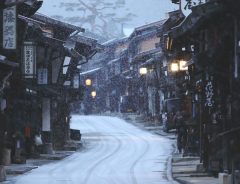
Historic Japanese mountain area’s impactful winter driving PSA stuns netizens
-
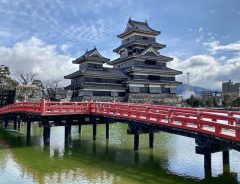
Matsumoto Castle: an irresistible air of composure and grace
-
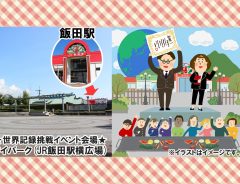
Iida City in Japan’s Nagano Prefecture, known for yakiniku, to set world record for ‘longest griddle’
-
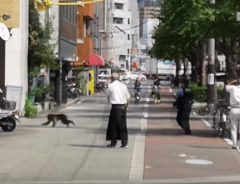
Wild Japanese Macaque Sighted in Downtown Osaka / Monkey Do’s and Dont’s in Japan
-
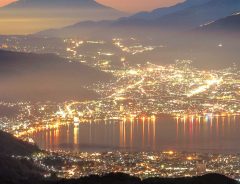
Japanese photog captures Mt. Fuji and Lake Suwa, lights glimmering like jewels before dawn
-
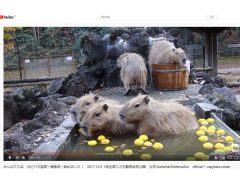
Popular “Animal Onsen” at Chikozan Park Children’s Zoo Open Through March 2020
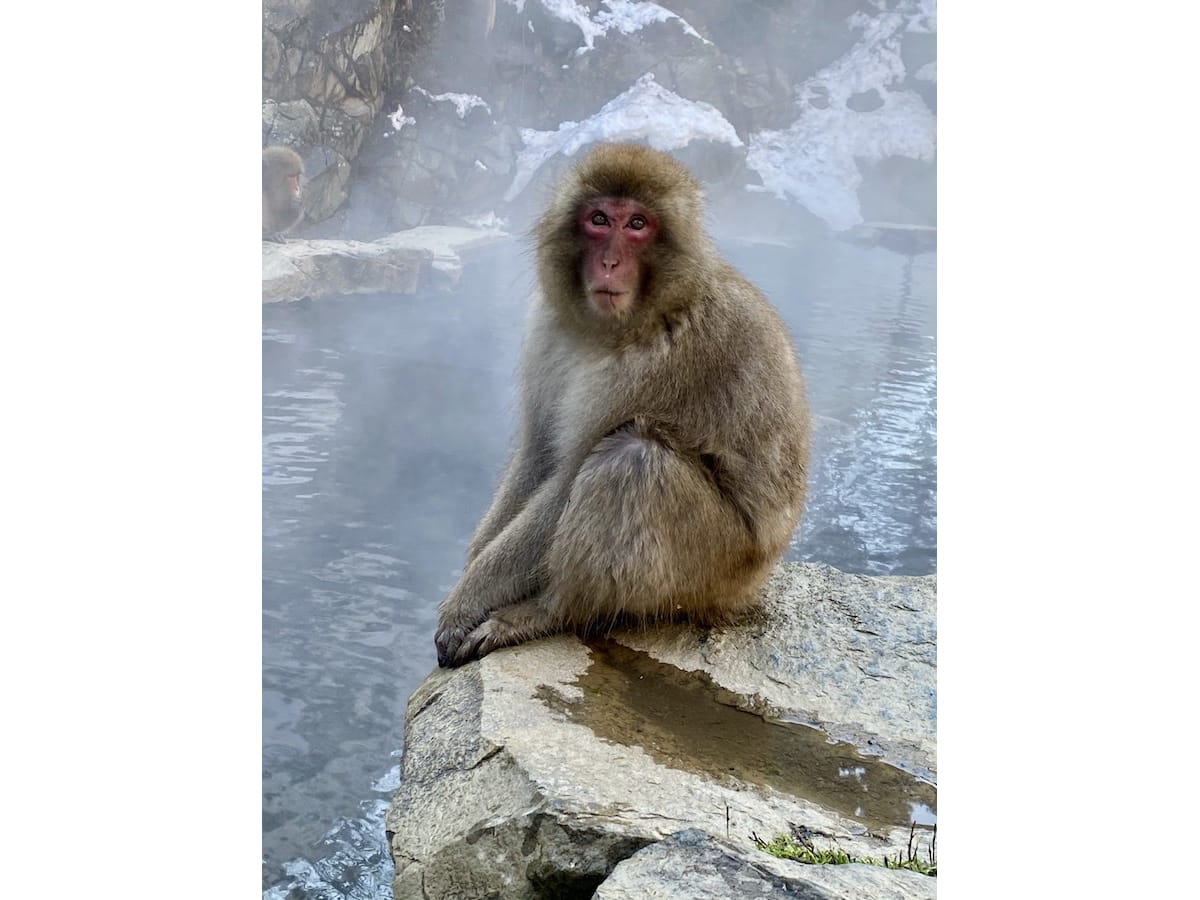


The troop of snow monkeys that bathe in a hot spring in Jigokudani in the mountains of Nagano prefecture has become one of the most photogenic tourist attractions in Japan. With foreign tourists currently barred from visiting Japan, now is a great time for residents to take a trip to the park to see what all the fuss is about.
Troops of wild Japanese macaques (popularly known as snow monkeys) have been living in ‘Hell Valley’ (jigokudani 地獄谷) for millennia. Japanese macaques inhabit all parts of mainland Japan, making it the most northernly habitat for primates (apart from humans, of course) in the world.
Photo by George Lloyd
While you can find Japanese macaques living in the mountains all over Japan, they are usually hard to see up close, for they tend to live deep in the forests and around steep cliffs. Even if you're lucky enough to see macaques in the wild, chances are they will run away when they see you, and if they have young (and they usually do), they may well chase you away with stones.
While not exactly friendly, the macaques at Snow Monkey Park are accustomed to human visitors and chances are they will completely ignore you. There are no fences between you and them, so you can see them in something approaching natural conditions. There are hundreds of monkeys in the valley, so you can see troops of them interacting with each other up close.
Photo by George Lloyd
Snow Monkey Park is centred on the man-made pool where the monkeys gather, located a few minutes' walk from the park entrance. They bathe in the hot spring (onsen 温泉) during the winter months, when temperatures in the valley can drop as low as 10 degrees below zero.
Just be aware that, notwithstanding the pictures you’ve doubtless seen of the monkeys sitting in the hot spring, they spend most of their time on dry land, either eating, arguing or staring into space. Indeed, if the weather is warm, they might spend a whole day without so much as dipping a toe in the hot water.
Don’t let that put you off. The park management are keen to encourage interest in the monkeys, rather than just taking photos of them sitting in the bath. No matter the time of year, if you’re interested in monkeys, this is a great place to watch them up close.
Photo by George Lloyd
Snow Monkey Park has a small information centre, with information in English. There is an interesting explanation of the alpha male system of the monkey troop, as well as photos of the park's alpha males.
Thousands of people from all over the world have visited Jigokudani to see the monkeys since Snow Monkey Park opened in 1964. In 1970, a photograph of bathing monkeys appeared on the front page of LIFE magazine. They also feature in Ron Fricke’s 1992 documentary-cum- phantasmagoria Baraka and many more visitors came to see them during the Nagano Winter Olympics of 1998.
The park is open 7 days a week, 365 days a year, although it occasionally closes down without warning when weather conditions are extremely poor.
During the winter season, which runs from November until March, it is open between 0800 and 1600. At all other times, it is open between 0800 and 1700. Admission costs ¥800 per adult and ¥400 per child.
Jigokudani is located in the Jōshin'etsu-Kōgen National Park in the northern part of Nagano prefecture. The park is a 40-minute bus ride from the east exit of Nagano station. It is also just 20 minutes by car from Shiga Koen, Japan’s largest ski resort.
If you’re curious to know what the monkeys are up to right now, there is a live camera feed on the Snow Monkey Park website.